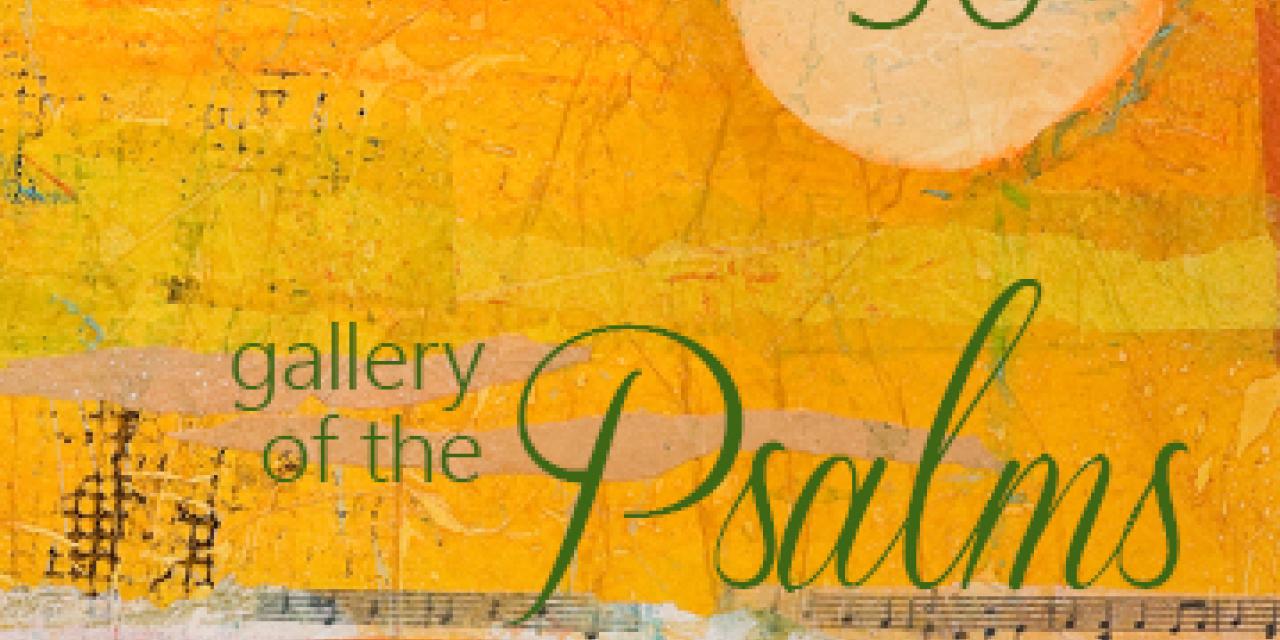
How does this psalm piece interpret the psalm?
The poetics of the psalm integrate the hesed-'emet (v. 6) and tsedeqah-mishpat (v. 7) of God in the same spatial reality, not only as its extremes (heaven–earth), but also as gestating binomials of life (masculine–feminine). The grace of God is not contained within the psalmist as sin is within the wicked (vs. 2–5); instead, grace is a container that protects (v. 8), sustains (v. 9) and gives him life (v. 10).
The painting converges in the shape of a cross, implying that the immensity of God’s love is now manifested in the cross of Christ (Eph. 3:18–19). Jesus Christ is the living space, the proper habitat of all believers (Gal. 2:20), the life and light of humankind (John 1:1–5). The full life is no longer in heaven at the end of history; the full life is in Jesus Christ here and now (John 11:25–26). He is my living space. It is important for today's ministry to understand grace as a creator of living environments.
The painting could serve as a visual support for the interpretation of a hymn, reflection, or other liturgical expression about grace.
Art: Carlo Imanol Mino, © Carlo Imanol MinoUsed by permission.
Contact: Carlo Imanol Mino

